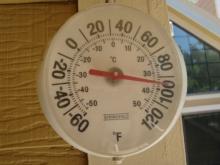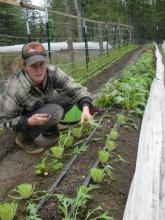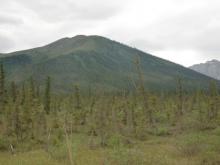Update
Melissa's PolarConnect event on 17 May 2012 is now archived. It is available in the PolarConnect Archives.
What Are They Doing?
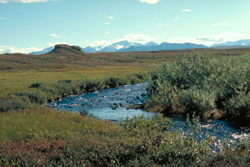
Since the flowpaths connecting terrestrial ecosystems to stream networks remain poorly understood, the group focused on transport and reaction of water and solutes within water tracks, which are linear regions of surface and subsurface flow that connect hillslopes to streams and account for up to 35% of watershed area in arctic tundra. The research increased our understanding of the role of hillslopes in connecting terrestrial ecosystems to stream networks.
Where Are They?
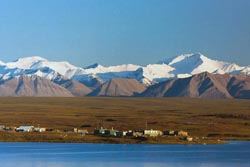
Latest Journals

Dr. Tamara Harms is a research associate at the University of Alaska-Fairbanks. Trained as an ecosystem ecologist and biogeochemist, Tamara conducts studies of nutrient cycling in watersheds, often focused at land-water interfaces. Her research in the arctic and sub-arctic has focused on the consequences of climate change for cycling of nitrogen, an essential nutrient to all living things. To study nutrient cycles, Tamara analyzes the nutrients present in soils and water, conducts experiments to measure rates of microbial processes that transform nutrients, and identifies how nutrients are transported from land to water. In particular, she is interested in potential consequences of thawing permafrost for nutrient cycles.

Dr. Sarah Godsey is an assistant professor of catchment hydrology in Geosciences at Idaho State University. She is interested in studying how water resources respond to land use change and climate change, especially in mountainous and polar regions. She has worked in the Arctic studying how water and energy flows change in degraded permafrost for the past few years. To understand water resources in permafrost, she collects data on water flows, soil moisture, thaw depths, temperatures and water table depths.

